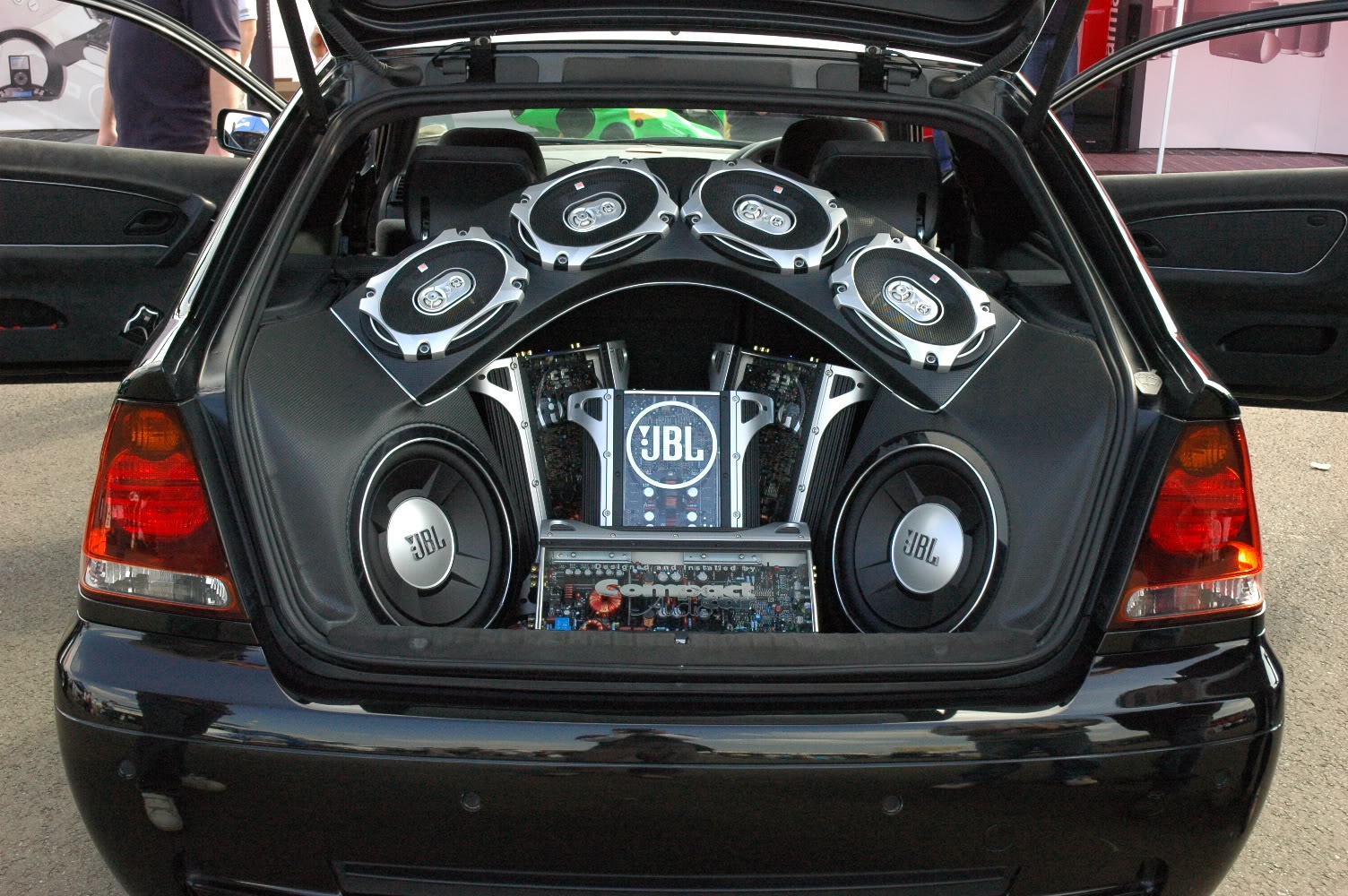Audio system enriches our journey life in our car on the road. It has nothing to do with our driving safety, yet some of us couldn’t imagine being in a car without music, talk radio or even an audio book playing through the speakers. In 2007, workers in the United States spent an average 46 minutes a day commuting to and from work [source: Gallup]. That’s almost four hours for the typical five-day work week. With our car audio system, you find this driving time not so boring and tiresome, on the contrary, you are kind of enjoying it.
Over the past 80-plus years, car audio has evolved from the basic AM radio receiver with a single speaker to complex electronic systems reproducing music and other entertainment from both over-the-air signals and recorded formats. Car audio is not just about the sound itself, and new technologies like Bluetooth and smart phones have been integrated into the audio experience. Nowadays, there’s a world of performance car audio out there — but even if you don’t plan on spending thousands to deck out your ride with best-in-class stereo equipment, knowing the roles of each piece of equipment can help you get the most out of your car audio setup.
We’ll proceed with top 5 components. They are head units, amplifier, speakers, capacitor and other auxiliary input devices. The head unit refers to the main device that serves as the source of the sound or simply the radio that is installed in the car’s dashboard. It has other components, such as a disc player that plays different types of disc formats, a preamplifier that sends sound signals to the speakers and an equalizer that shapes the sound. Its power comes from the car’s electrical distribution system. The head unit performs multiple duties, but its two main functions are controlling the overall system volume and the various audio sources in a vehicle. The next one is the amplifier, it is used to increase the power of an audio signal so it’s strong enough to move the speakers and create sound. The amplifier locates between the head unit and the speakers. It is a two-stage process handled by a preamp and a power amplifier. .The preamplifier is built into the radio unit and prepares the electronic signal for further boosting. The power amplifier then takes the preamp’s low-level signal and significantly boosts it so it can move the speakers and create sound. Then we’ll move on with speakers. Speakers are the basis of any car audio system. With them, our cars come alive with music. The speaker system works by receiving an electronic signal from your head unit and amplifier and turning it into an actual sound. Basically, there are two primary classifications of car speakers: coaxial and component. Coaxial speakers are commonly a factory-installed choice. Component speakers are comprised of several separate units — the woofers and tweeters are not built together into one part. It also utilizes a crossover network to direct sound to the right speaker units, producing superior sound quality. The capacitor provides the audio system with extra electrical power. Auxiliary input devices like storage devices, portable audio players and disc changers are linked through inputs found behind or in front of the head unit or directly linked to the power amplifier.

Car audio system overview for your understanding
by
Tags:

Leave a Reply